You probably know that menstrual cups are made out of some sort of durable, flexible material, and you probably know that they are reusable… but do you know how they are made? Well… wonder no more because we’re about to tell you!
We talked to the owners of a local silicone manufacturing plant to get the professional inside scoop on how period cups are made… and today we’re passing that info on to you!
First… let’s start out with the basics. What is a menstrual cup? (If you already know this… skip on by to the next section!)
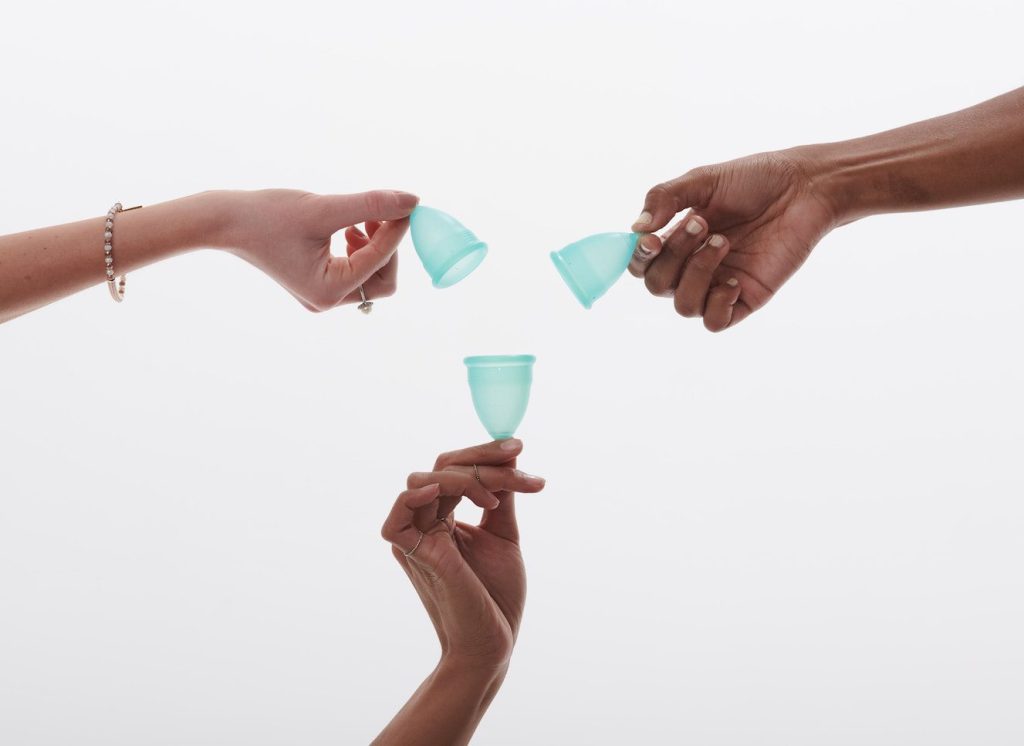
What is a menstrual cup?
A menstrual cup is a small, flexible silicone cup that can be placed in the vaginal canal to catch your period flow. Sounds too good to be true? That’s the magic of the Pixie Cup!
This cup can be used while swimming, camping, running, or curling up at home with a good book. It’s reusable for 10 years and more comfortable than tampons – you can’t even tell it’s in there!
Give it a try and if it doesn’t work for you, we’ll give you your money back, guaranteed!
Okay… so it’s made out of what again?
The Pixie period cup is made out of 100% medical-grade silicone!
Silicone? What’s that? Good question! Silicone comes in a variety of properties, shapes, textures and “durometers” (which basically means “levels of softness”). You’re probably most familiar with silicone in the form of household items like cookware or food storage containers, medical items and dentist items (like tooth impression molds) and automotive items… just to name a few! Silicone can be in a solid or liquid form, depending on what it is used for.
Silicone is useful for many different reasons. It is durable, resists heat and cold extremely well, and is easy to clean and keep nice! While plastic quickly deteriorates and breaks, silicone is resilient which means it is reusable for years.
When silicone is used in contact with your body, make sure it is medical grade silicone. Medical-grade silicone is FDA approved for biocompatibility, which is a long word which means in essence that the silicone can be used within the body without causing any concerning reactions. There are four different levels of “medical grade” silicone: Medical non-implantable which is used for items that will not be inside the body, Medical short-term implantable which can be implanted for 29 days or less, Medical Long Term Implantable which can be used for more than 29 days, and the final level is for Pharmaceutical use.
The medical-grade silicone we use for our Pixie Cups is required to be completely hypoallergenic and latex-free so there are no harmful side effects to using it in contact with your body. Plus, medical-grade silicone is nonporous so it is able to resist bacteria growth which is so important for menstrual cups. That being said, even though the cup material does resist bacteria growth, you do need to take certain measures to prevent TSS with any product that catches menstrual flow. These precautions include emptying and cleaning the cup regularly and making sure it is sterilized between cycles.
The process:
The cups are made in a mold which is about 12″ by 16″ in diameter and can hold 2-4 cups. One cycle of cups would take about a minute to complete! It takes a total of 4-5 people to create the mold and tools to make the menstrual cup, and one person to operate the machine, punch the four air holes near the rim of the cup, and get the cups packaged and ready to head to you!
Last but not least… the surprise.
As a final step… after your cup heads off in the mail with a destination of your doorstep (*cheering wildly*), one more cup also gets dropped in the mailbox for a girl you will probably never meet – a girl who can’t afford to buy a Pixie Cup for herself. We call this our Buy One Give One program but it’s really a “dedication to care for other people.” We’re on a mission to change the world one cup at a time, so this is the most important step of all.
Whew… that’s a lot to take in! We hope this helped to answer any question you might have about the making of menstrual cups! If you have any more questions, drop them in the comments! We’ll be sure to answer them asap!
Did you learn anything about silicone or menstrual cups? What’s one thing that surprised you about the process?

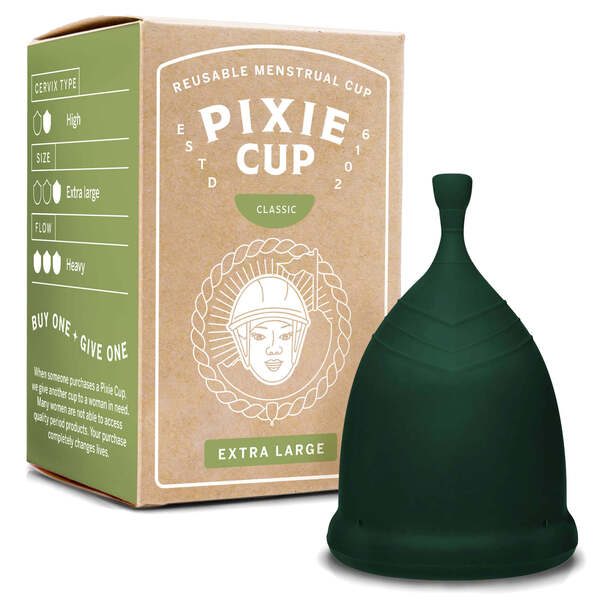
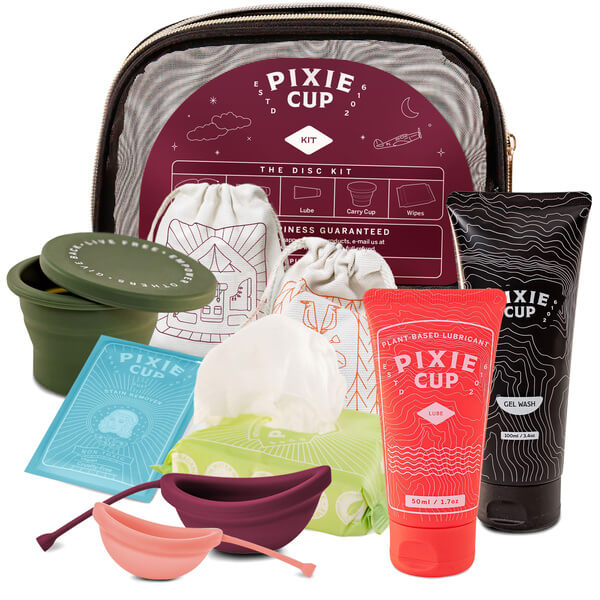
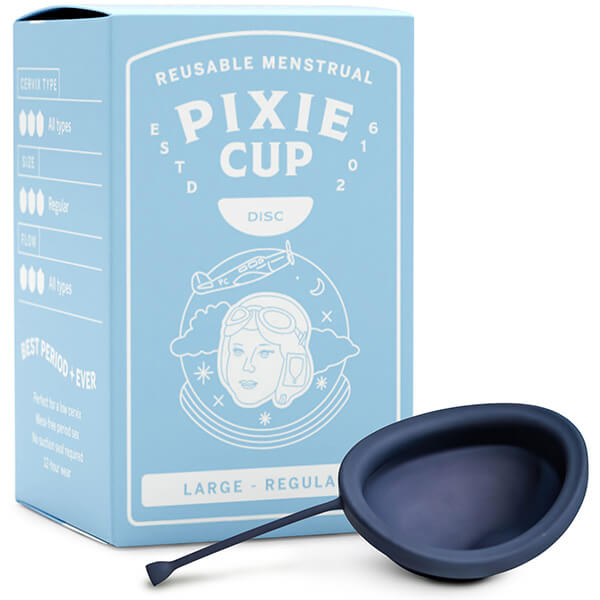
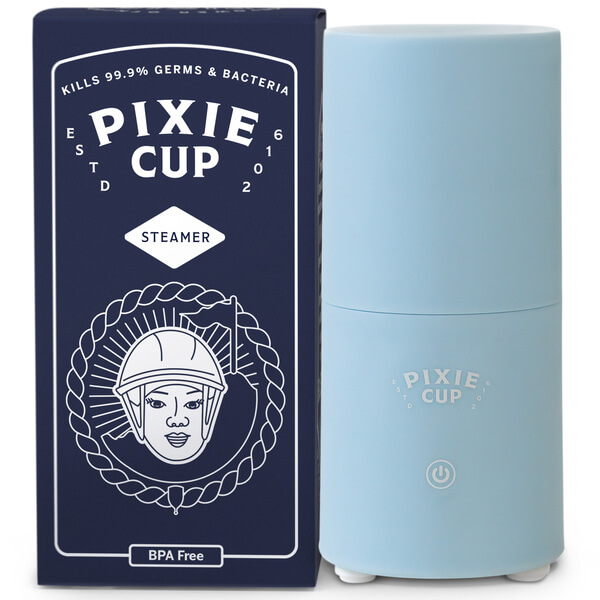
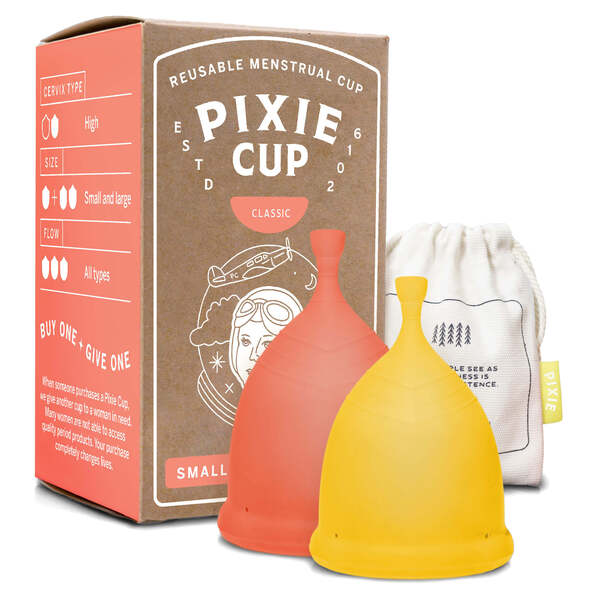

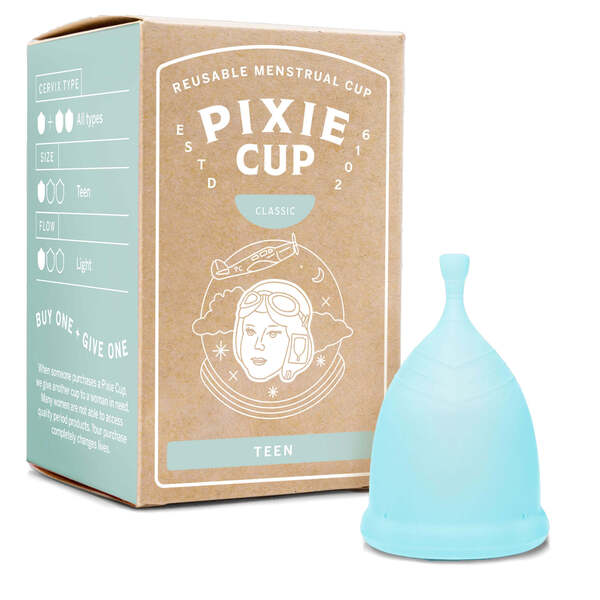
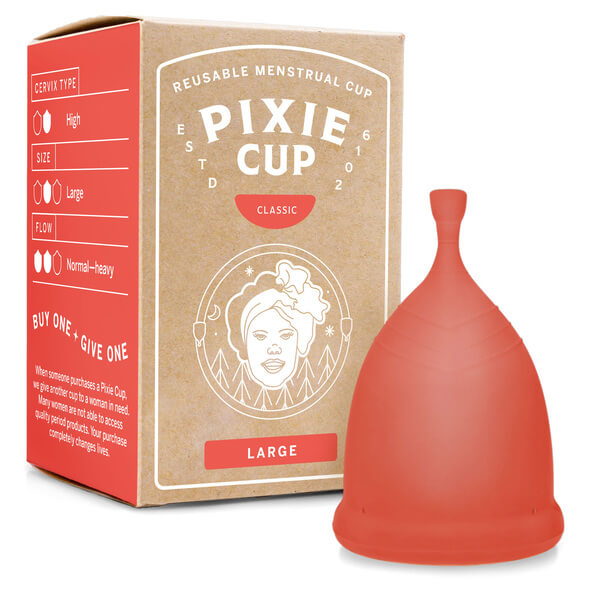
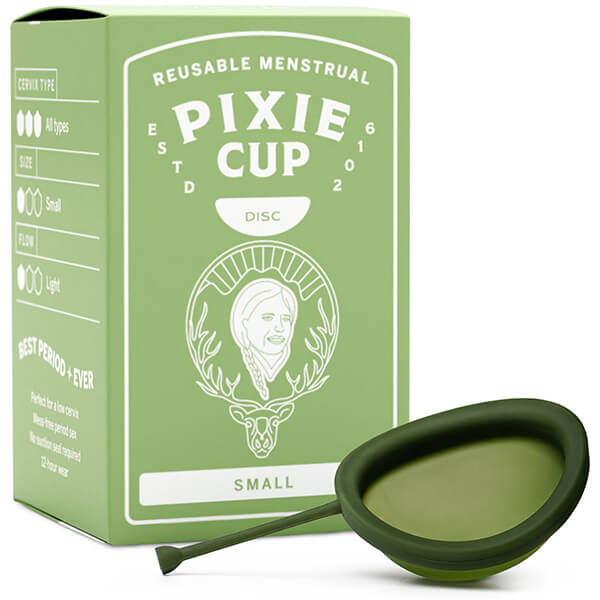
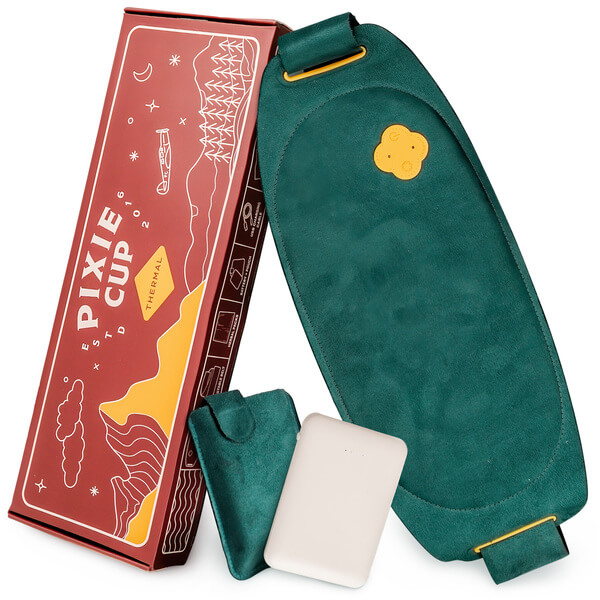
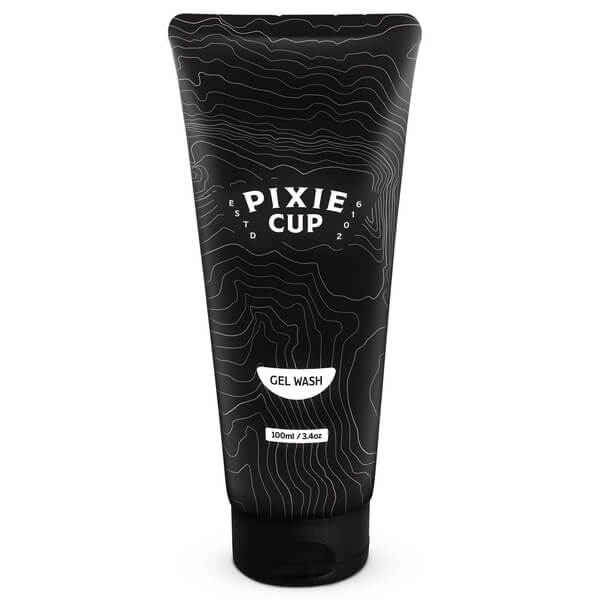
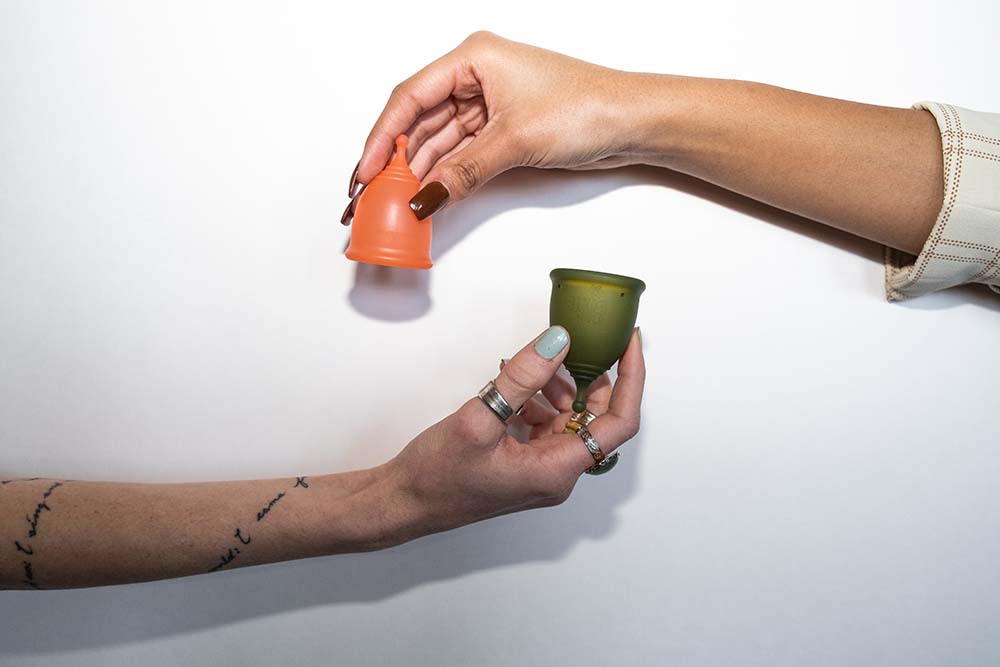
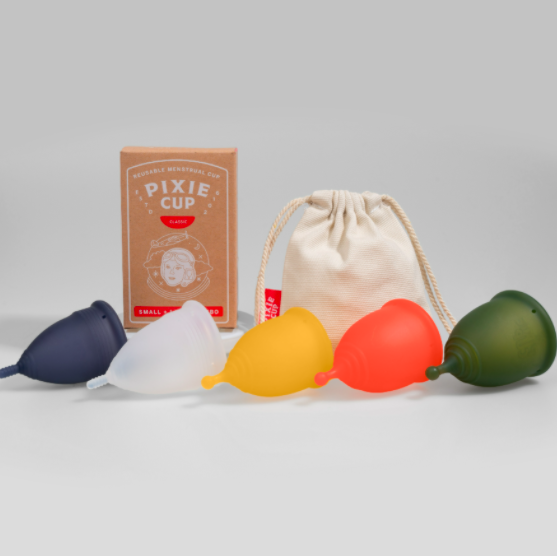
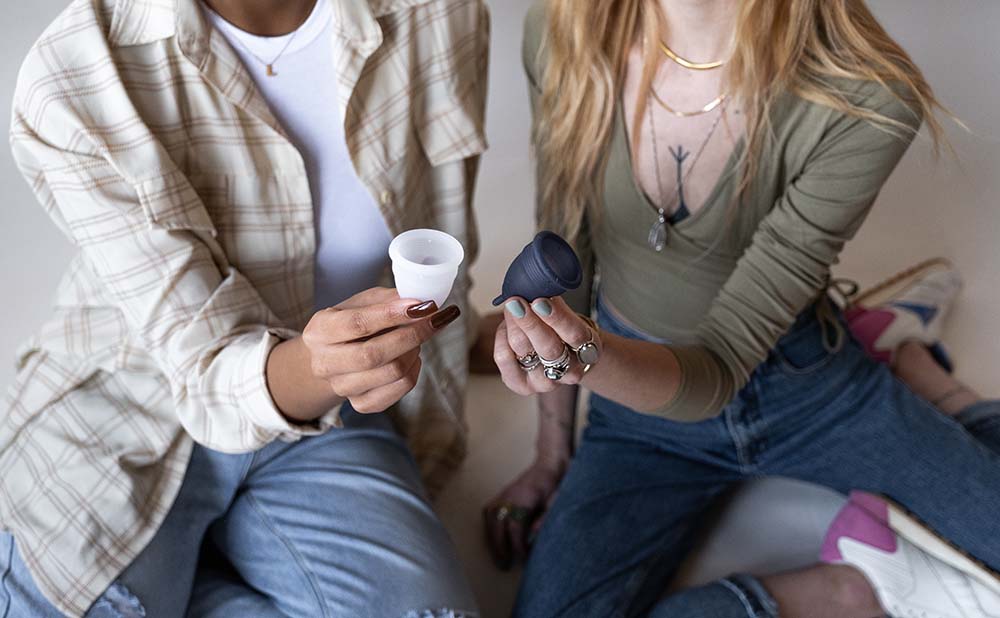
I am interested in what type of silicone you use? What is it called? And where can you get it? What sort of tests did you carry out to make sure it was safe? So interested!
Hi Emma! I requested this info and I will email you anything we have here shortly! 🙂
I am also very interested. I just received the Pixie disc small and it has a strange chemical smell and weird white powder appeared on it after I boiled it. I have a Cora disc and a Saalt cup and have never had these problems with either brands. I’m worried that this silicone is lower grade and I’m hesitant to use it.
Hi Lia! This should never happen! Please email us at info@pixiecup.com, and we’ll get you a new disc sent ASAP.
Hi,
What a good article! I wanted to ask more questions about the manufacturing process. Can we email?
Thanks,
Tomasa
Hello Tomasa, we’d be happy to answer your questions! Just email us at info@pixiecup.com!